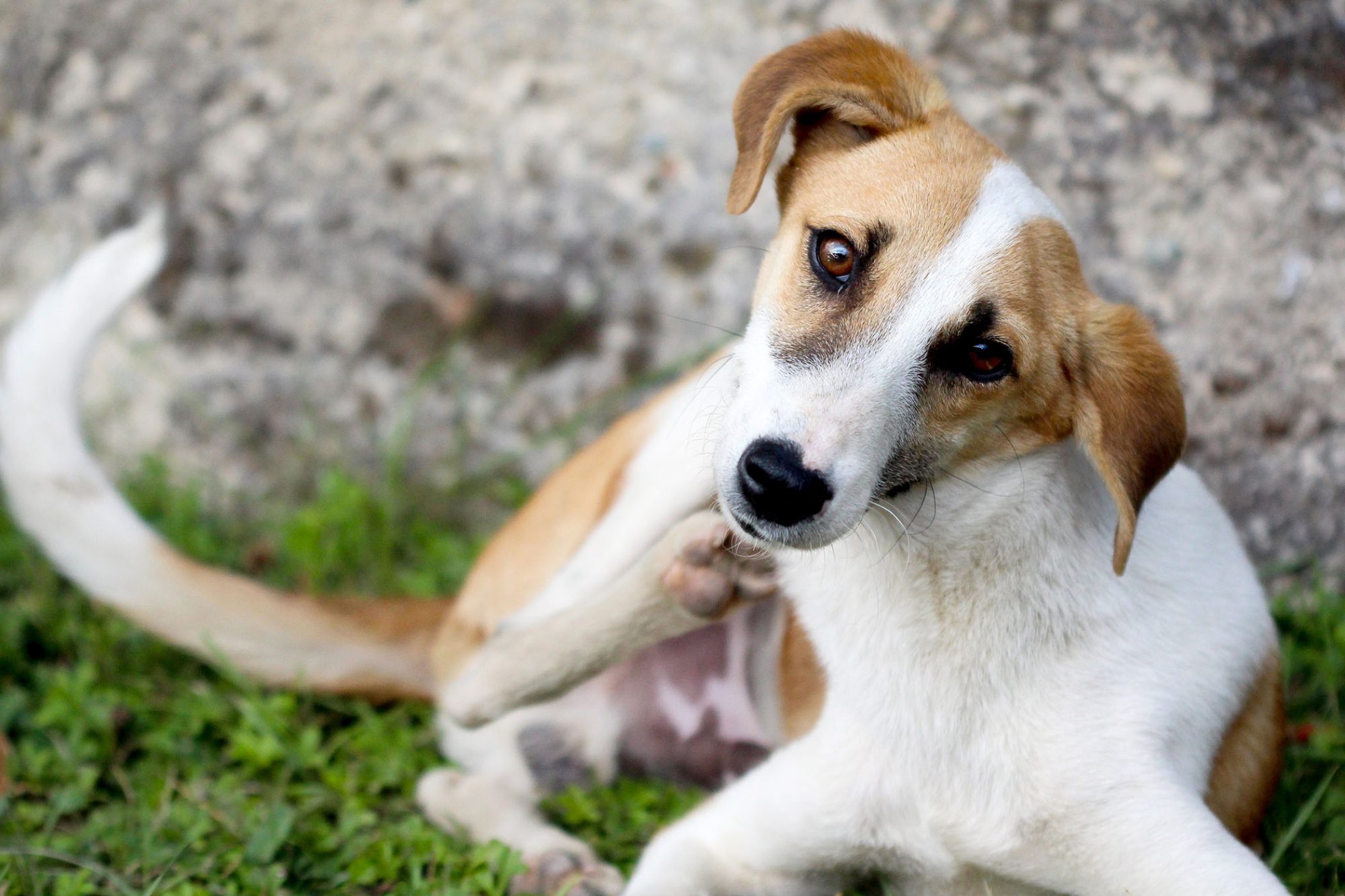
The warmer months are when animal skin issues are more prevalent, along with skin allergies (such as those to allergens and flora), bug bites, and other severe allergy symptoms. Even if they seem relatively minor, it’s crucial to give importance to any skin issues your dog has. Itching, rashes, or bald patches on the dog’s skin could be signs of a deeper problem or medical condition that hasn’t yet been identified by a veterinarian or vet nurse. Picture how your poor dog ends up feeling after all that irritating scratching and licking they are doing!
Whenever it comes to canine skin conditions, it’s not enjoyable for somebody. No, regardless of how trivial you may consider detailed information to be, you should still share it with your veterinarian because it might assist them in determining the problem. Does your dog exhibit symptoms, for instance, during certain times of the day or seasons? For example, during meals? Have you utilized any recent household goods that have irritated anyone? Have they traveled somewhere new? Determining the root of your dog’s skin disease may be as simple or difficult as you may imagine.
Given that there are numerous possible reasons and their symptoms might be highly similar, it can be challenging to immediately determine the exact source of a dog’s skin disease. Your dog will typically have an examination from your Detroit’s top vets and any additional tests required to make a diagnosis. To determine if anything has been pinpointed as the cause, they may also want to know what your dog has been doing lately. Animals may brush the irritating area with their paws or their heads against an object to get rid of the itching. Your dog may lick its paws or other body parts to calm the inflamed skin. Other indications can be:
- Pain
- Rashes or a change in color
- Blisters or wounds
- scaly areas
- Rashes
- Skin that is parched or flaking
- sparse hair
- Bulges or thickening
- Heat Maps
- severe itching
- Overly licking
- Extraordinary scratching
- Hair loss and bald spots
- Skin inflammation hotspots
Treatments
- Fun and Activity
As long as you’re not attempting to focus on them, a preoccupied dog seems happy. Dogs having fun with their owners when playing fetch, walking, running, and exercising outdoors have become less likely to get bored or worry about their hurting regions. Ensure your dog gets additional attention when their skin is acting up because exercise is essential for health.
- Shampoos for itchy skin
Certain doggie skin diseases respond well to medicated shampoos, but eliminating hotspots is where they shine. Before bathing, you have better access if you clip the head away from the hurting area.
Most medicated shampoos contain mild detergent or sanitizers in the soap that not only clean but also aid in drying the sore and reducing discomfort.
- Yogurt without Fat
Probiotics are beneficial bacteria found in fat-free yogurt and can help your dog’s natural gut bacteria balance out for digestive health and skin drought resistance. This might aid skin restoration if your dog frequently has fungal skin infections, particularly yeast infections. Dogs often develop fungal skin infections; in fact, several illnesses begin as bacterial pathogens of the superficial dermis before being invaded by aggressive yeasts. Additionally, fungus-caused ear infections might make your dog itch at his ears and nose, leading to more open sores.
To identify any of the above symptoms in your pet, check on them frequently. Also, pay attention to when your dog reacts. Your pet may itch more regularly after meals, during a particular season, or after you’ve just finished cleaning the house; these symptoms may point to undiagnosed skin irritation or hypersensitivity. If you observe any strange behavior or skin problems, you must take your dog to the vet for a checkup. Veterinarians and vet nurses can examine your dog’s coat, skin, and overall health in your area to determine what might be bothering your dog.